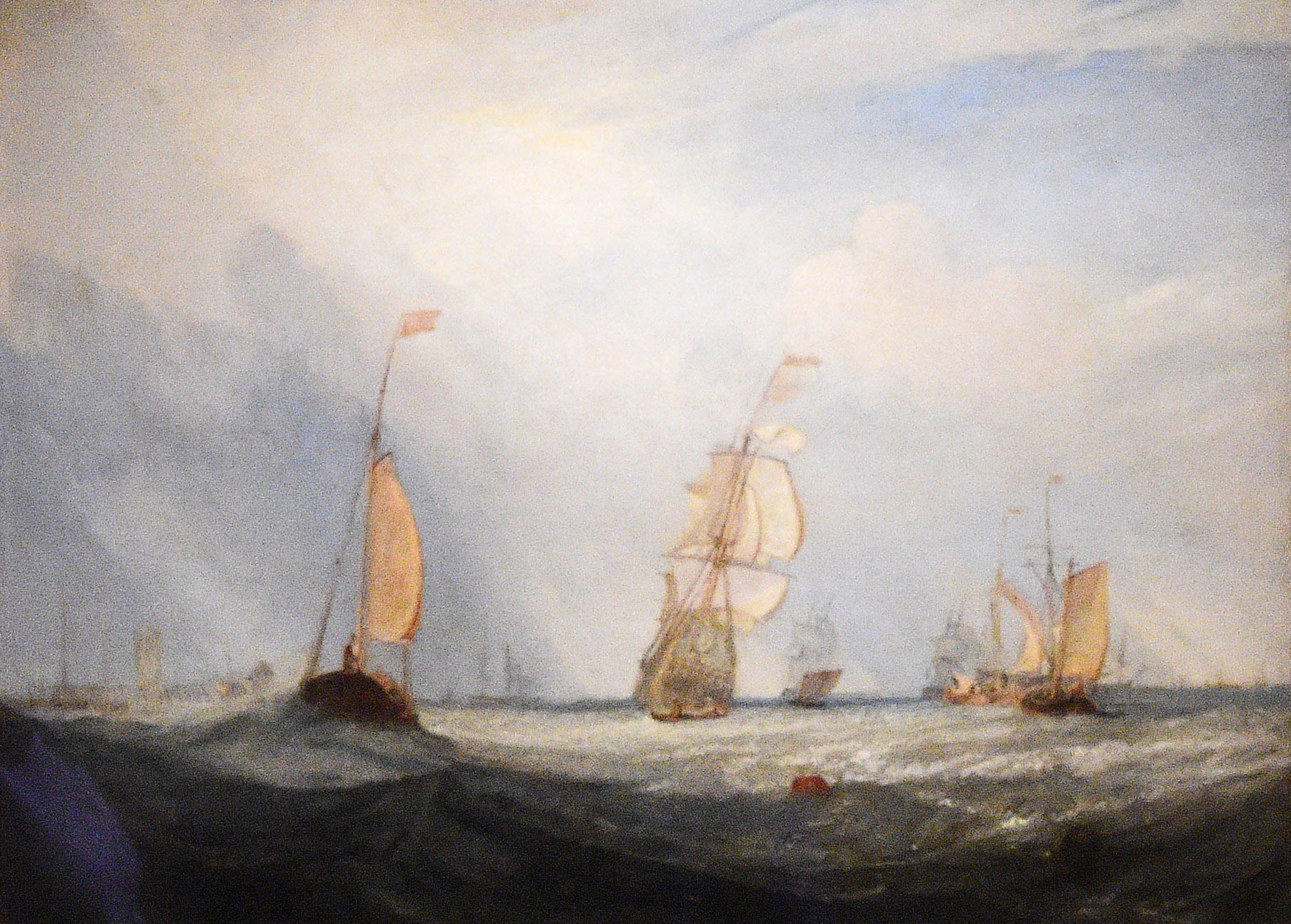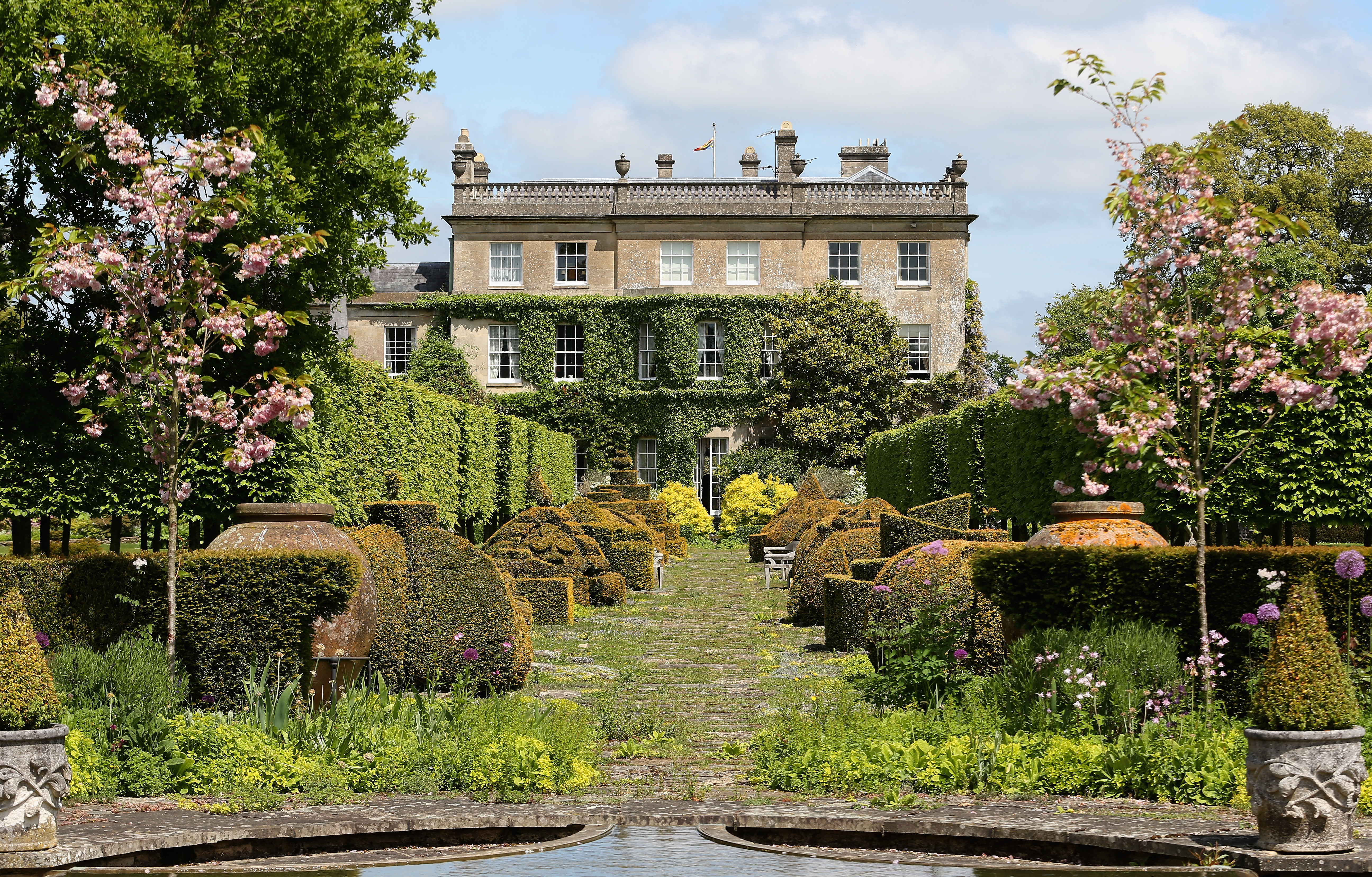Six things to know about the Royal Academy's Summer Exhibition
The 2024 Royal Academy Summer Exhibition is here. Country Life's Arts and Antiques Editor Carla Passino shares some trivia and tips for how to get the most out of it.


No show compares to the Royal Academy’s Summer Exhibition. Its unique status derives from its history — this year’s edition is the 256th — and its format: select public submissions are displayed together with works by invited artists, Royal and Honorary Academicians, in the world’s largest survey of contemporary art and architecture.
Here’s what you need to know about the 2024 show, which runs from June 18 to August 18 in the main galleries at Burlington House
1. It all started in 1768, when 34 artists and architects, including Reynolds, Gainsborough and Angelica Kauffman, obtained George III’s permission to establish the Royal Academy and hold an annual exhibition. The first show took place in 1769, featuring 136 works (today, there are about 1,200).
2. In the 18th century, only figurative art was accepted and there was a lot of jostling for position — literally. The most prestigious works by acclaimed painters were placed at eye level.
3. Artists used to apply the final touches to their paintings on Varnishing Day. In 1832, Constable was busy perfecting The Opening of Waterloo Bridge when Turner came in and realised that his seascape, Helvoetsluys didn’t stand out compared with his rival’s work — so he added a bright red buoy to it.

4. Today, members of the public can submit up to two works for consideration. The final selection is made in the gallery in an ‘eight-day hang’, during which committee members are fortified by swigs of a legendary ‘beef’ tea, the recipe for which is secret.
5. With thousands of entries, mishaps can happen. In 2006, artist David Hensel submitted a laughing-head sculpture and its accompanying plinth. The two were entered separately and judged accordingly — with the result that the head was rejected and the plinth accepted.
Sign up for the Country Life Newsletter
Exquisite houses, the beauty of Nature, and how to get the most from your life, straight to your inbox.
6. And finally, bring your wallet. Most of the paintings, prints and sculptures will be available to buy — with a number of works available for less than £250.
Carla must be the only Italian that finds the English weather more congenial than her native country’s sunshine. An antique herself, she became Country Life’s Arts & Antiques editor in 2023 having previously covered, as a freelance journalist, heritage, conservation, history and property stories, for which she won a couple of awards. Her musical taste has never evolved past Puccini and she spends most of her time immersed in any century before the 20th.
-
 Spam: The tinned meaty treat that brought a taste of the ‘hot-dog life of Hollywood’ to war-weary Britain
Spam: The tinned meaty treat that brought a taste of the ‘hot-dog life of Hollywood’ to war-weary BritainCourtesy of our ‘special relationship’ with the US, Spam was a culinary phenomenon, says Mary Greene. So much so that in 1944, London’s Simpson’s, renowned for its roast beef, was offering creamed Spam casserole instead.
By Country Life
-
 Sanderson's new collection is inspired by The King's pride and joy — his Gloucestershire garden
Sanderson's new collection is inspired by The King's pride and joy — his Gloucestershire gardenDesigners from Sanderson have immersed themselves in The King's garden at Highgrove to create a new collection of fabric and wallpaper which celebrates his long-standing dedication to Nature and biodiversity.
By Arabella Youens